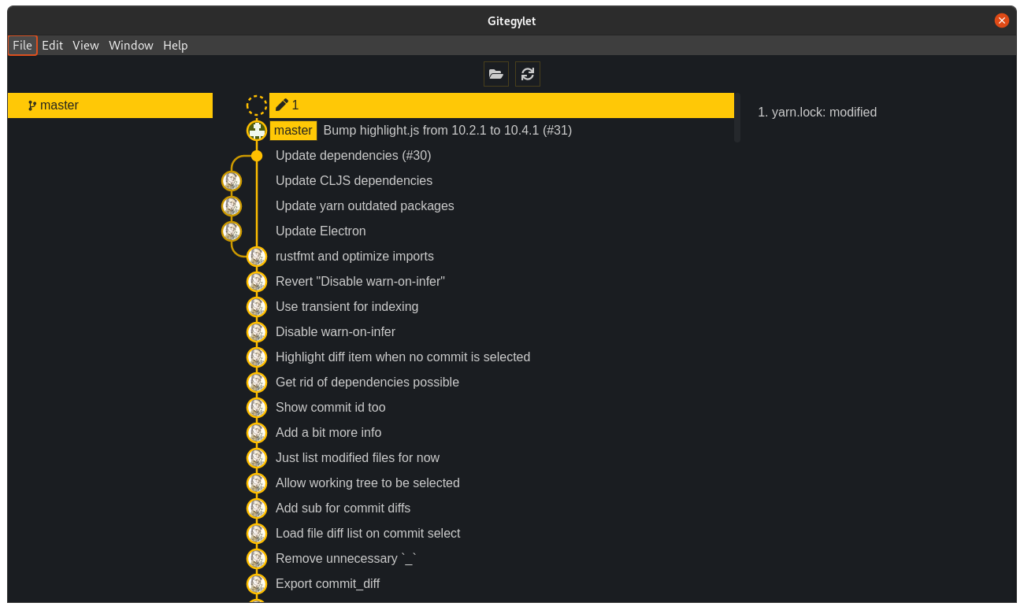Was trying to figure out what
zerusski on Clojurians Slackdefrecorddoes in the impl of ILookup it generates and I absolutely do not understand that magic. Essentially it amounts to(get __extmap key)and I can’t even figure out how this magical__extmapgets into scope (a global or some special runtime thing?) andthisisn’t even used. Confused
This post on Clojurians sent me down the rabbit hole looking for where this “mysterious” __extmap comes from. It really isn’t obvious at first, but when I found it, it was “wow” times “duh”.




